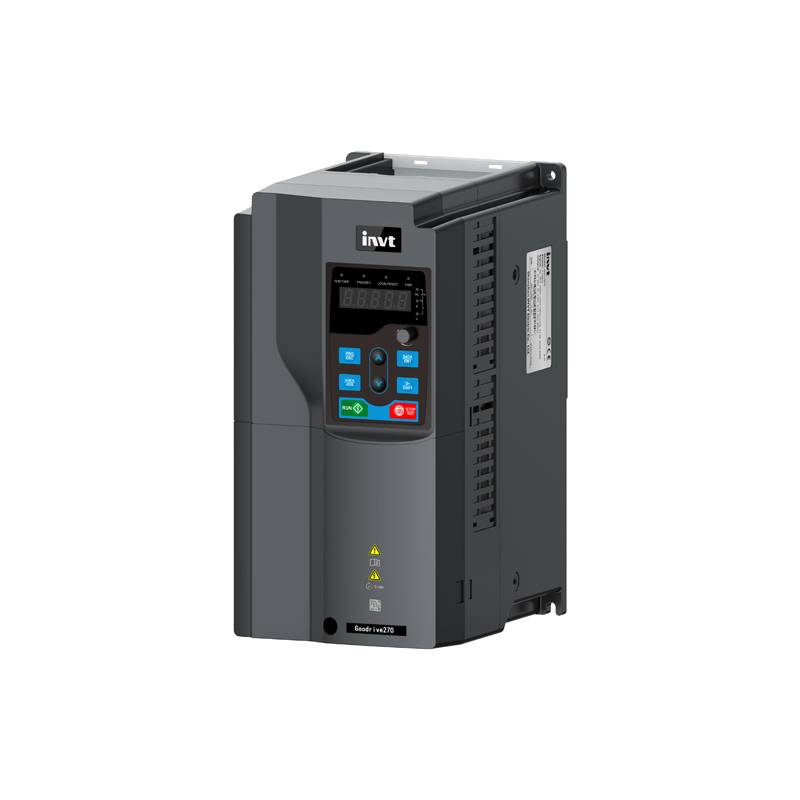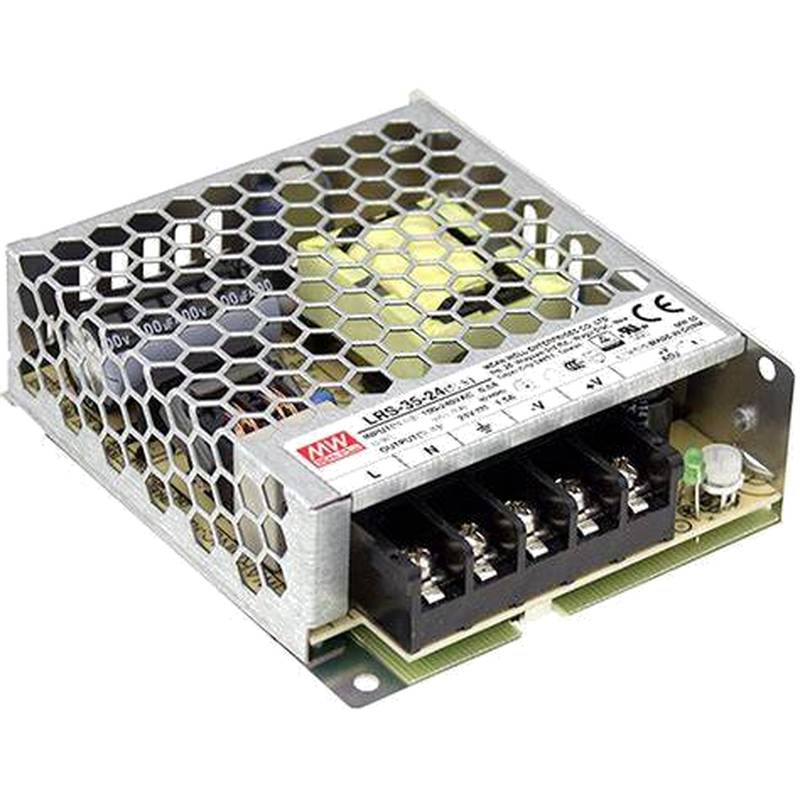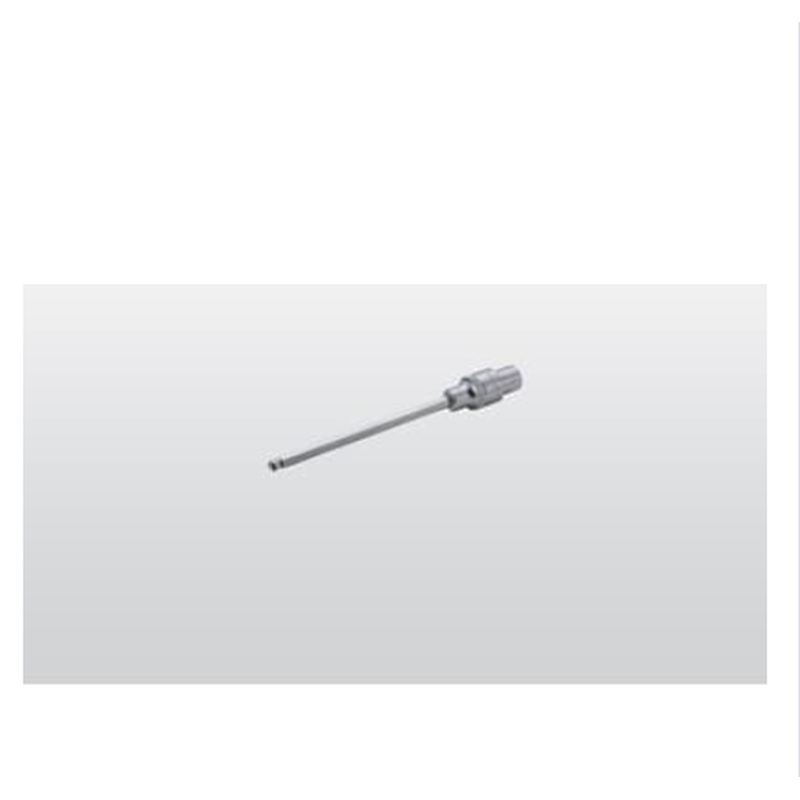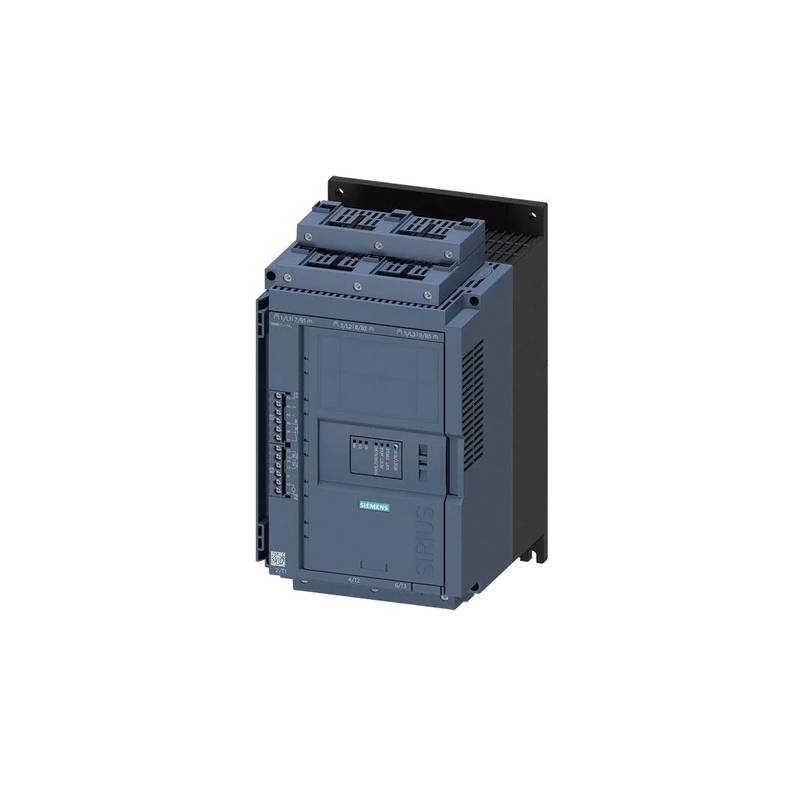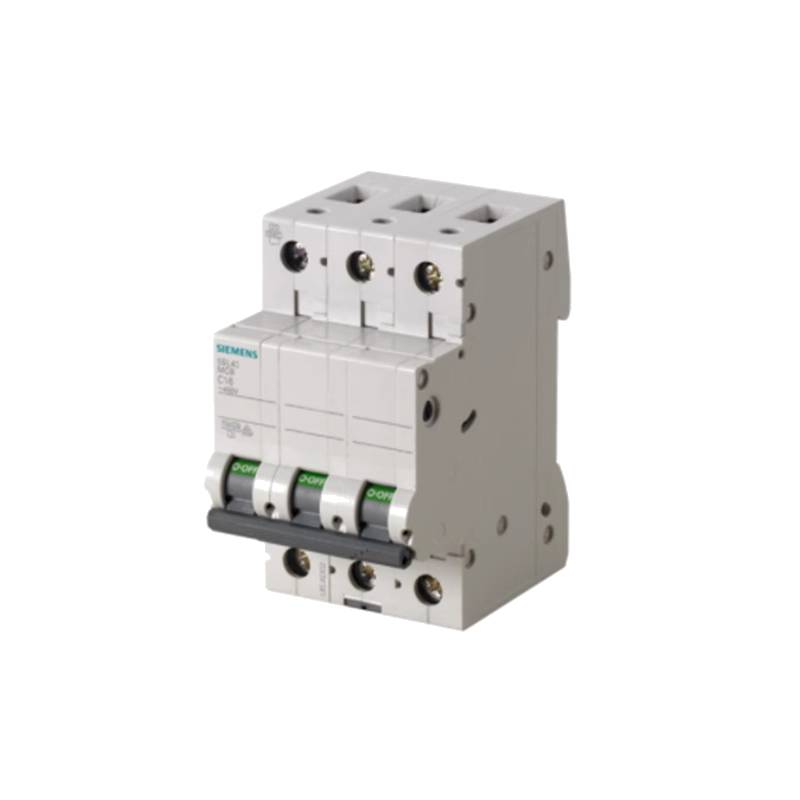
The INVT GD270-018-4 High Efficiency Energy Saving Inverter VFD stands as a robust solution for demanding industrial applications, delivering superior motor control and significant energy savings. This variable frequency drive (VFD) is engineered with advanced technology to optimize performance across a wide range of machinery. Key advantages include its high efficiency, precise motor speed regulation, and comprehensive protection features, making it a cost-effective and reliable choice for modern industrial environments. Technical specifications highlight its 3-phase 18.5kW (25HP) rating, input voltage range of 380-440V, and output frequency up to 600Hz, ensuring adaptability to diverse operational needs.
Product Specifications
| Parameter | Specification |
| :---------------------- | :------------------------------------------------- |
| Model | GD270-018-4 |
| Rated Power | 18.5 kW (25 HP) |
| Input Voltage | 3-Phase 380-440V AC |
| Output Frequency | 0-600 Hz |
| Control Method | Sensorless Vector Control, V/f Control |
| Protection Features | Overcurrent, Overvoltage, Undervoltage, Overload, Overtemperature, Phase Loss |
| Communication Options | RS485 (Modbus RTU) |
| Operating Temperature | -10°C to 45°C (derating above 40°C) |
| Dimensions (H x W x D) | 530 x 330 x 265 mm |
| Weight | Approx. 22 kg |
Core Features & Market Positioning
The INVT GD270-018-4 differentiates itself through its advanced sensorless vector control, enabling exceptional torque accuracy and dynamic response even without motor encoders. This capability positions it as a premium choice for applications requiring precise speed and torque management, such as in conveyor systems, pumps, and fans where efficiency and responsiveness are paramount. Its high-efficiency design minimizes energy consumption, leading to substantial operational cost reductions over the VFD's lifecycle. Furthermore, the inclusion of robust protection mechanisms like overcurrent, overvoltage, and overload protection ensures extended equipment lifespan and operational safety, a critical factor in industrial settings.
Key Application Scenarios
This high-efficiency energy-saving inverter finds extensive utility across various industrial sectors. It is particularly well-suited for variable torque applications like centrifugal pumps and fans, where its V/f control and energy-saving features yield significant power reduction. In manufacturing and material handling, the GD270-018-4 is employed in conveyor systems, extruders, and mixers, benefiting from its precise speed control and high starting torque provided by the sensorless vector control. Its adaptability also extends to HVAC systems, machine tools, and textile machinery, where consistent performance and energy optimization are crucial for operational efficiency and cost-effectiveness.
Practical System Integration Guidance
Integrating the INVT GD270-018-4 into existing systems is streamlined due to its standard communication protocols and flexible mounting options. For electrical connections, ensure adherence to local wiring codes, utilizing appropriately sized cables for power input and output. The VFD supports standard three-phase power supply and motor connections. Commissioning typically involves parameter setting via the integrated keypad or through the RS485 communication port using Modbus RTU. Key parameters to configure include motor data (rated voltage, current, frequency, poles), acceleration/deceleration times, and operational modes (V/f or sensorless vector control). Proper grounding and shielding of motor cables are essential to minimize electromagnetic interference (EMI).
Operation and Risk Mitigation
Safe operation of the INVT GD270-018-4 VFD mandates strict adherence to installation and operation manuals. Before powering up, verify all wiring connections and ensure the motor is correctly phased. During operation, monitor for any abnormal sounds or vibrations from the motor or VFD. Critical error codes, such as E.OC (Overcurrent), E.OV (Overvoltage), and E.OL (Overload), indicate immediate operational issues requiring prompt investigation and potential shutdown. Always allow the VFD to cool down before performing any maintenance. Implementing appropriate safety interlocks and emergency stop circuits is crucial for personnel safety and equipment protection.
Scalability & Long-Term Value
The INVT GD270-018-4 offers considerable long-term value through its inherent reliability and compatibility. While not directly designed for hardware upgrades within its series, its advanced control algorithms and robust construction ensure sustained performance. Integration with industrial automation systems is facilitated by its standard RS485 Modbus RTU communication, allowing seamless data exchange with PLCs and SCADA systems. This enables enhanced monitoring, control, and integration into broader Industrial Internet of Things (IIoT) frameworks, providing a platform for predictive maintenance and data-driven operational improvements. Its energy-saving capabilities directly contribute to reduced operational expenses, enhancing the overall return on investment.
Frequently Asked Questions
What is the maximum output frequency of the INVT GD270-018-4?
The INVT GD270-018-4 inverter is capable of reaching an impressive maximum output frequency of 600 Hz. This high frequency range allows for very high motor speeds, suitable for specialized machinery.
This extended capability is crucial for applications requiring rapid processing or high-speed operations.
It enables precise speed control beyond standard industrial requirements, offering significant application flexibility.
What motor types are compatible with the GD270-018-4?
This VFD is designed to work with standard three-phase induction motors. It supports both V/f control and more advanced sensorless vector control.
Sensorless vector control provides enhanced torque performance and speed accuracy without requiring an encoder.
Compatibility ensures efficient operation across a wide array of motor sizes within its power rating.
How do I perform basic parameter setup for the GD270-018-4?
Basic setup involves configuring motor nameplate data like voltage, current, and frequency. Key parameters include acceleration/deceleration times and the chosen control mode.
Access these parameters through the VFD's keypad or via RS485 communication with appropriate software.
Always consult the user manual for specific parameter group details and recommended settings for your application.














